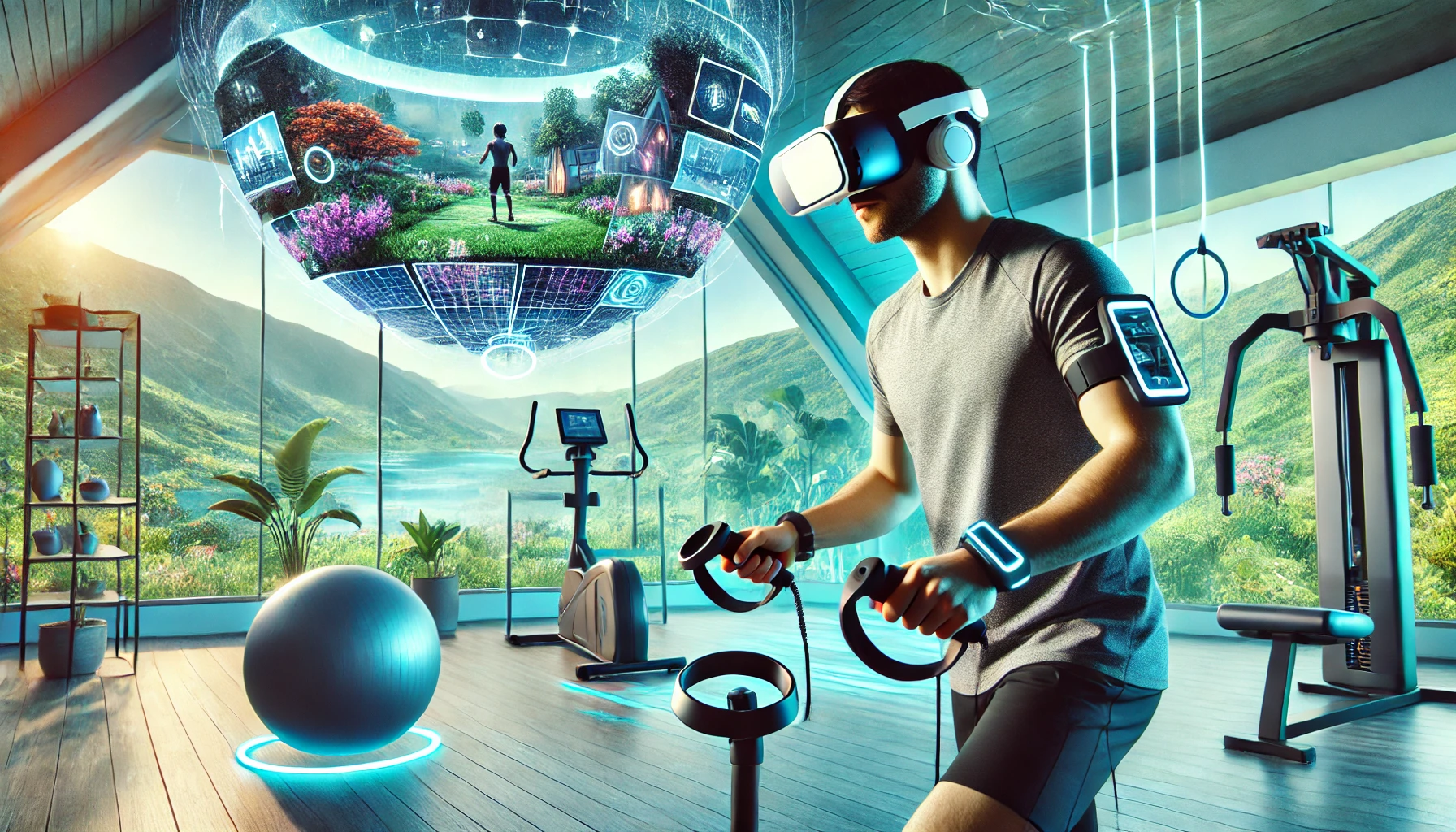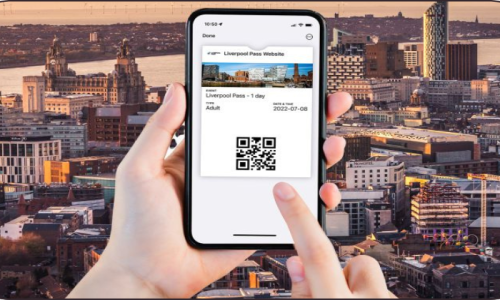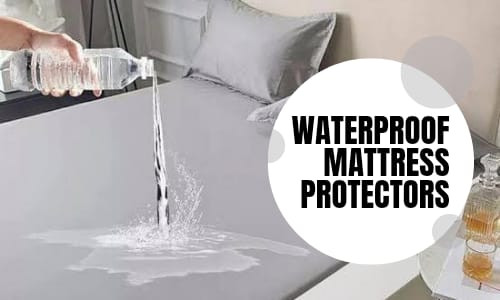Extended reality technology has moved far beyond games and is now changing how we work, learn, exercise, and shop. The UK virtual reality market is growing very fast and it will rise in the coming years. This growth shows that VR and AR are becoming useful tools instead of other expensive devices.
VR Training Changes How We Learn at Work
Companies are using VR to train workers because it works better than old methods. Workers learn skills four times faster with virtual reality compared to sitting in classrooms. They also feel much more confident when they use these new skills in real work situations. Like practicing a presentation in a fake meeting room feels safer than doing it for real the first time.
Big companies like Walmart now use VR training programs. Their workers complete courses that last a few weeks and practice many different situations. Whether someone is learning customer service or preparing to be a manager, VR creates real-like situations without any real problems.
This technology works really well for dangerous jobs where mistakes can hurt people or cost lots of money. Doctors can practice difficult operations in virtual operating rooms. Pilots can handle emergency situations in flight simulators that feel very real.
VR Fitness Games Make Exercise Fun at Home
People now use VR for working out at home because it makes exercise more fun than regular workouts. VR fitness games keep people interested much more than normal exercise routines. People burn more calories during VR exercise compared to regular workouts.
Popular VR fitness apps offer workout programs that work for different fitness levels. These apps include many music-based workouts that focus on moving your whole body through punching and dodging movements. The apps track calories burned, heart rate, and workout time, helping people see their growth.
There are many different types of VR fitness options for different people and goals. Boxing VR games give strong cardio workouts. Most VR fitness games make you move your whole body, letting users burn calories safely at home. You can create your own workout schedule.

AR Shopping Apps Change How We Buy Things
UK stores lose lots of money each year because people return things they bought online. AR viewing technology helps reduce these costs. IKEA's app shows this solution perfectly, letting customers see 3D furniture in their homes with every detail.
Customers can see how sofas fit in their living rooms, complete with real-looking fabric, textures, shadows, and lighting. Using VR, customers can move virtual furniture around and change colors to find the perfect match they need.
Big UK stores are working with AR technology companies to create immersive shopping experiences. Charlotte Tilbury launched a virtual store that creates a three-dimensional shopping environment like visiting a real store from home.
Virtual Meetings Replace Video Calls
Remote work has made more companies try VR meetings instead of video calls. Virtual reality meetings provide environments where people represent themselves with avatars and work on projects together in real-time.
VR meetings are better at creating a feeling of being together that video calls cannot match. People can move around digital spaces, work with virtual whiteboards and 3D models, and communicate using natural gestures and body language.
Apple Vision Pro came to the UK in 2024, costing £3,499. The headset works with Microsoft Teams and Zoom apps, bringing established business communication tools into mixed reality environments.
Education Uses Immersive Learning
UK schools have increased VR use during 2024. Virtual reality changes education by taking classrooms to historical sites, distant planets, or inside the human body. Medical students can do complex surgical procedures in risk-free virtual environments, building skills and confidence before working with real patients.
Science classes can explore molecular structures in three dimensions or witness historical events as if they were there. Students report much higher scores in these areas after completing virtual reality courses. The immersive nature of VR helps students develop communication skills. These skills are hard to teach through traditional methods but grow well in virtual environments.
Healthcare Uses Show Promise
VR pain management techniques use distraction therapy to help patients deal with continuing conditions or recover from procedures. Mental health applications provide exposure therapy for anxiety and depression.
Physical rehabilitation programs use VR to create engaging exercises that improve patient motivation and recovery.
Remote consultation allows doctors to meet with patients in virtual spaces. VR enables more natural interaction than video calls while keeping the convenience of remote access.
Medical education benefits enormously from VR simulation abilities. Students can practice procedures repeatedly without needing expensive equipment or risking patient safety.
Looking Forward
The expansion of VR and AR beyond gaming is a big shift because this technology fits into every aspect of daily life. Success stories come from practical applications that solve real problems.
The future looks particularly bright for applications that combine virtual and augmented reality along with AI. This combination of technologies creates opportunities that neither VR, AR, nor AI could achieve alone. We need to start using AR and VR for our tasks either now or tomorrow to ensure they go well. Are your ready for the shift?

























